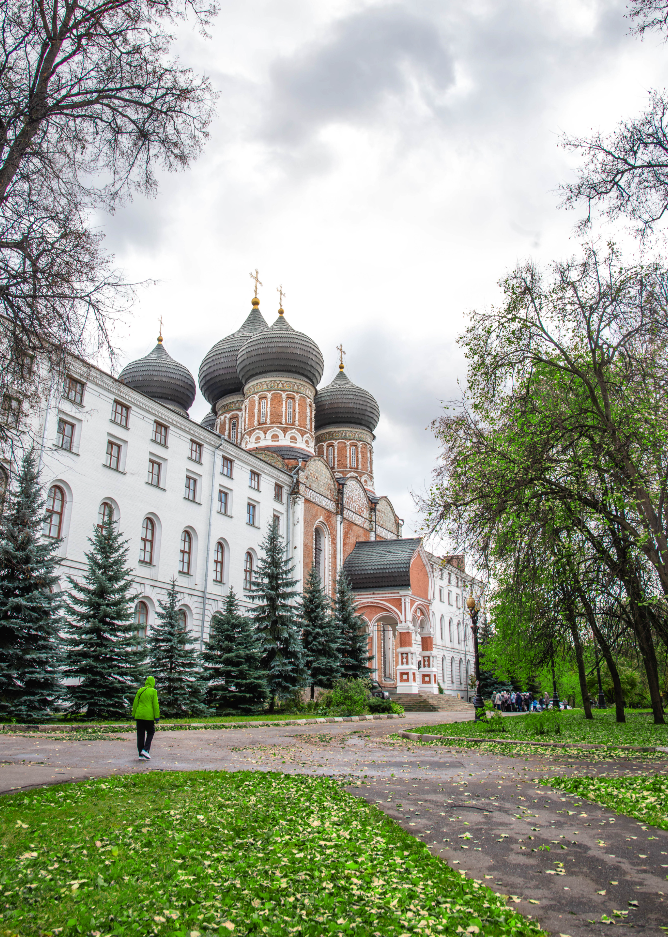
Built in 1850
Izmailovo Military Almshouse
IzmailovoWhen Emperor Nicholas I visited the Izmailovo Island in 1837, he decided to establish a large military alms-house here to celebrate the 25th anniversary of the victory in the Patriotic War of 1812. Architect Konstantin Thon, who at that time was supervising the construction of the Cathedral of Christ the Savior and the Grand Kremlin Palace, was invited to participate in the construction of the alms-house together with architect and public figure Mikhail Bykovsky. By the Emperor’s order, new buildings were attached to the ancient cathedral from three sides.
In 1850, laundries and bathhouses were built here. There was a drying room in the laundry, where the linen could dry in just two hours. In the basement there was a pneumatic furnace created by military engineer Nikolay Ammosov, also known as the ‘Ammosov furnace’. Hot fume gas coming out of the funnel spread through the channels and went out through the chimney. The furnace heated the drying room, the Intercession Cathedral, two soldiers' and one officers’ quarters.
Since 2007, this architectural complex has been considered a museum-reserve and is included in the list of cultural heritage objects of federal significance. Today, the main buildings of the alms-house, a separate officers’ quarter building, a family house, buildings where apartments and quarters of the employees were located are still extant on Izmailovo Island as well as an office, workshops, a water pump, a bathhouse, a laundry, two ice cellars, a cast-iron entrance arch, a fountain, a carriage shed and a stable.
Did you know that…
- According to a legend, when Nicholas I was inspecting the buildings of the alms-house under construction, he got so tired of going up and down the stairs of three-story buildings that he ordered that lifts be built. But instead of that, benches for rest were set on each stair flight.
- The support of all soldiers at the alms-house was free, including food and treatment. When the local hospital could not cope with the patients, they were sent to other city hospitals for free. Moreover, the soldiers were paid a small money allowance.